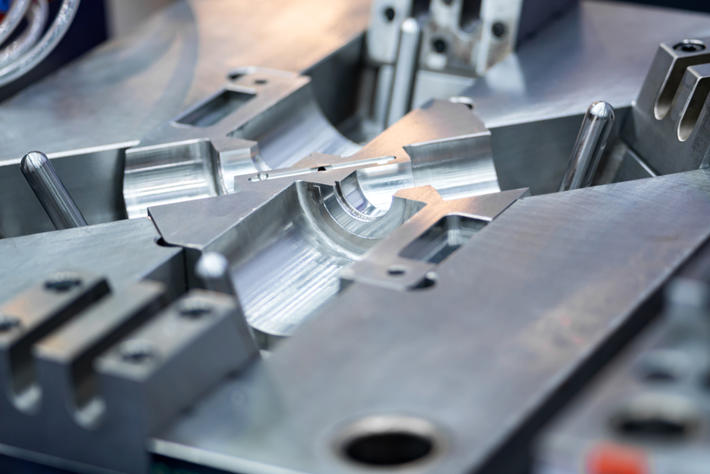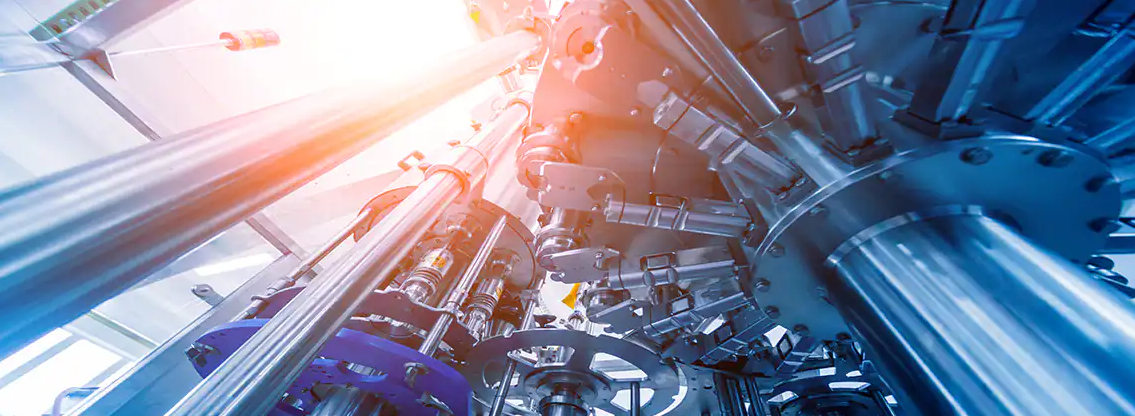Die casting is a process used to create complex metal parts that are used in a wide range of industries including automotive, aerospace, and medical. The process involves creating a mold that is used to cast the metal part. Die casting molds can be made from a variety of materials including steel, aluminum, and copper. In this article, we will discuss the steps involved in creating a die casting mold.
Step 1: Design
The first step in creating a die casting mold is to design the part that will be cast. This can be done using CAD software or by drawing the part on paper. The part design should include all of the necessary features and specifications such as dimensions, surface finish, and tolerances.
Step 2: Mold Design
Once the part design is complete, the next step is to design the mold. The mold design should take into account the part design, the type of material that will be used, and the casting process. The mold design should include all of the necessary features such as gating, venting, and ejector pins.
Step 3: Tooling
After the mold design is complete, the next step is tooling. Tooling involves creating the tools that will be used to make the mold. This can include cutting tools, milling machines, and lathes.
Step 4: Machining
Once the tools are created, the next step is machining. Machining involves cutting and shaping the mold using the tools created in the previous step. This can include drilling holes, cutting channels for gating and venting, and creating the cavity for the part.
Step 5: Polishing
Once the mold has been machined, the next step is polishing. Polishing involves using various polishing tools to smooth out any rough surfaces and to create a mirror-like finish on the mold. This is important to ensure that the final part has a smooth surface finish.
Step 6: Heat Treatment
After polishing, the mold is subjected to a heat treatment process. This involves heating the mold to a specific temperature for a specific amount of time to improve its strength and durability.

Step 7: Assembly
Once the heat treatment process is complete, the next step is assembly. This involves assembling the mold components together, including the cavity, gating, and ejector pins.
Step 8: Testing
The final step in creating a die casting mold is testing. Testing involves casting a sample part using the mold to ensure that it works correctly and that the final part meets all of the necessary specifications.
In conclusion, creating a die casting mold involves several steps including design, mold design, tooling, machining, polishing, heat treatment, assembly, and testing. Each step is critical to ensuring that the final mold is capable of producing high-quality parts that meet all of the necessary specifications. With the right tools, equipment, and expertise, anyone can create a die casting mold that is capable of producing complex metal parts.

 0086-750-5616188
0086-750-5616188 +86 13392089688
+86 13392089688 sales@zhongmei-tech.com
sales@zhongmei-tech.com













